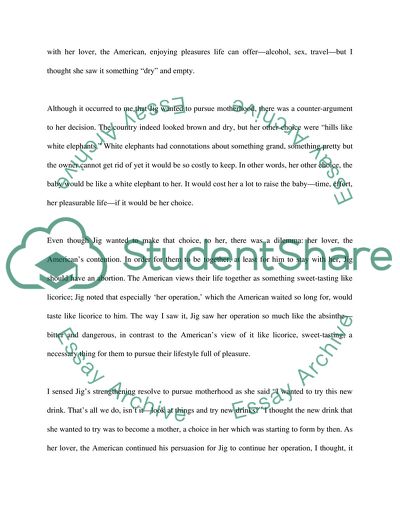Cite this document
(“Arts Paper 1 Essay Example | Topics and Well Written Essays - 1000 words”, n.d.)
Arts Paper 1 Essay Example | Topics and Well Written Essays - 1000 words. Retrieved from https://studentshare.org/miscellaneous/1551219-arts-paper-1
Arts Paper 1 Essay Example | Topics and Well Written Essays - 1000 words. Retrieved from https://studentshare.org/miscellaneous/1551219-arts-paper-1
(Arts Paper 1 Essay Example | Topics and Well Written Essays - 1000 Words)
Arts Paper 1 Essay Example | Topics and Well Written Essays - 1000 Words. https://studentshare.org/miscellaneous/1551219-arts-paper-1.
Arts Paper 1 Essay Example | Topics and Well Written Essays - 1000 Words. https://studentshare.org/miscellaneous/1551219-arts-paper-1.
“Arts Paper 1 Essay Example | Topics and Well Written Essays - 1000 Words”, n.d. https://studentshare.org/miscellaneous/1551219-arts-paper-1.


